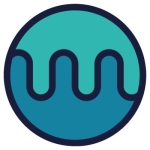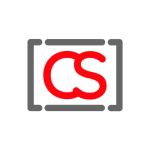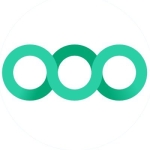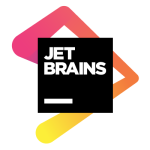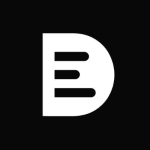We're consultants and it supports our primary banking group in Italy in terms of cybersecurity strategies.
Due to the mandatory use of Sonatype within the Italian banking industry, we rely on both Fortify and Sonatype to conduct a comprehensive analysis of the implemented code.
We use both SaaS and on-premise versions. The on-premises software helps the developer team continuously analyze tools. The SaaS version is used for centralized analysis in a testing environment for the IT security team.
Sonatype acts as a mandatory gatekeeper for accessing open-source libraries. Combining Sonatype and Fortify provides an invaluable holistic view of the application code developed by the factory. This includes both the library used by the factory to simplify development and the library itself, enabling comprehensive vulnerability detection. While Sonatype doesn't directly control the coding within the library, it effectively identifies vulnerabilities lurking within the open-source components. This offers significant value to developers who rely on these libraries, as it helps ensure their work is not compromised by unforeseen vulnerabilities. This information acts as a boost for developers, enabling them to leverage the library's functionality with greater confidence. The combination works like a black box for the developer. Sonatype and Fortify complete each other.
They are one of the market leaders, according to Gartner's Magic Quadrant.
We use Fortify to reduce application vulnerabilities significantly. In the test environment, we don't just use software code review. Before the use of Fortify, we would test the applications; however, using Fortify allows us to test internationally and to align with various compliance requirements, for example, European banking requirements.
It offers efficiency in the deployment of the application. It makes code review much easier pre-deployment. The Fortify FOD Portal is quite useful. It helps centrally manage everything and provides us with a 360-degree view of our AppSec team.
The solution truly supports the development team by giving a clear indication of vulnerabilities and providing suggestions on how to deal with vulnerabilities in a clear manner. There is a lot of useful analysis. It can help us map application libraries.
The software security center, in terms of managing and tracking risks, is good. It's very consistent. In Italy, the culture of risk analysis is very low. However, it provides very clear reporting. It offers great mapping. It maps both the tests and the severity of the vulnerability. It can help support the goals of risk analysis and help prioritize tasks to deal properly with risk. It can support risk analysis effectively.
The testing of the application portfolio is useful. It's also great for regulatory requests, including in the European community. The mapping of the application vulnerabilities provides us a way to respond according to risk.
It's very simple to use Fortify.
We can fully integrate with GitHub. However, we can also migrate in certain scenarios. We can prepare packages subject to analysis and send them to Fortify. It's not difficult. It's very simple.
When Fortify is on-premises with GitHub, remediation is easy. They can suggest and resolve issues directly. Fortify can offer guidance to the development team. So it's not only an identification tool, it's also a tool that can provide remediation for potential vulnerabilities.
Now, in the European Union, it's mandatory to analyze software. Fortify has become a necessary product. We might have started using it before there was a regulatory need. However, we now must have something like Fortify in place.
It helps us reduce risk exposure on applications through the discoverability of vulnerabilities and weaknesses. It's fully satisfactory. It ensures we are being fully compliant. We chose the solution as it is one of the market leaders, according to Gartner. We can only use the best in the market since it's so integral to our compliance requirements. It ensures we are always compliant with internal and external audits.
Fortify does provide real-time feedback on security problems. However, we don't use, at the moment, the functionality of real-time vulnerability analysis during the developer's typing of the code. We check the code afterward.
It's helped us free up staff time. We spend less time fixing software deployments. We've reduced the time to market of the implementation phase by 50%. We can test the applications faster, and we can support a number of projects with the same number of people.
Not all languages are supported in Fortify. They should expand their language offering.
We started to use Fortify in 2019.
We've contacted support in the past during the integration of Fortify. Support is quite proactive. We have periodical monthly calls with support.
We did not previously use a different solution.
I was not involved in the implementation. There was some integration involved in the setup. However, I can't speak to the level of difficulty involved.
We had the help of a systems integrator during the setup.
In terms of capabilities, the solution has all the capabilities necessary for the activity required. It's more economical than the other Big Three in the market as well. The price, overall, is quite good.
I'm a customer.
For those still using manual methods, I'd recommend something like Fortify that could accelerate the process of analysis. Manual methods require more effort for an organization, and those handling them must have high competence. I'm a modernist. I prefer to have continuous awareness in regard to vulnerabilities. Manual analysis, as well, can be very costly. It takes too much effort. Plus, if you have so many applications, it becomes impossible to manage manually. A business would not be able to support this.
We're fully satisfied with the solution. I'd rate the product ten out of ten. The results they provide are clear. There's continuous development of the product, and with new languages and functionality, it will continue to get better and better.





